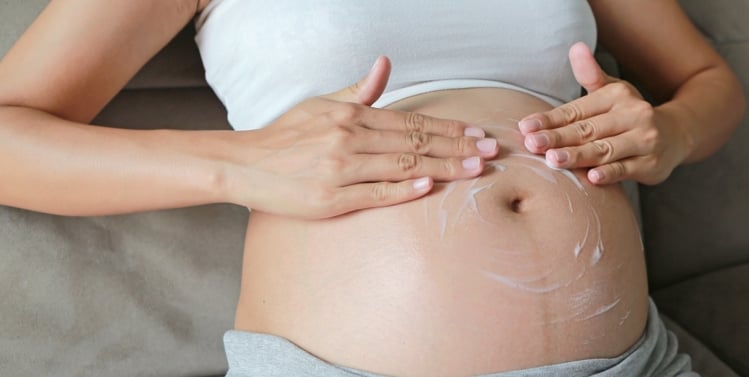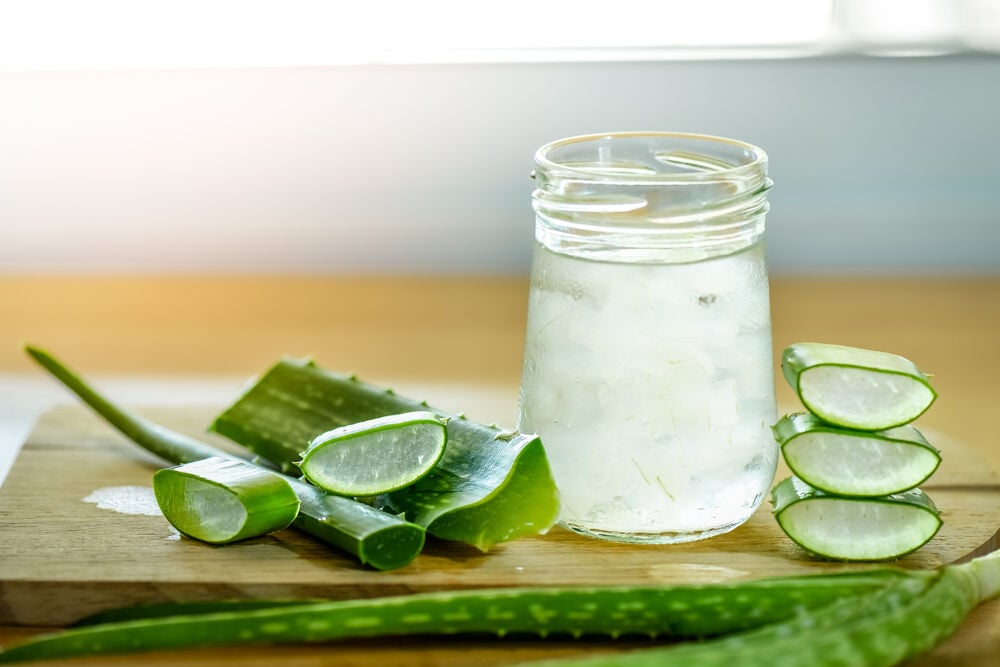During pregnancy, some people develop stretch marks. An itchy rash on these stretch marks may exacerbate the condition. This rash, known as pruritic urticarial papules and plaques of pregnancy (PUPPP), is not dangerous, but the itching is quite uncomfortable. Many pregnant people experience PUPPP, usually in the third trimester or early postpartum period. Let’s find out how health care providers diagnose and treat PUPPP during pregnancy.
-
Tracking cycle
-
Getting pregnant
-
Pregnancy
-
Help Center
-
Flo for Partners
-
Anonymous Mode
-
Flo app reviews
-
Flo Premium New
-
Secret Chats New
-
Symptom Checker New
-
Your cycle
-
Health 360°
-
Getting pregnant
-
Pregnancy
-
Being a mom
-
LGBTQ+
-
Quizzes
-
Ovulation calculator
-
hCG calculator
-
Pregnancy test calculator
-
Menstrual cycle calculator
-
Period calculator
-
Implantation calculator
-
Pregnancy weeks to months calculator
-
Pregnancy due date calculator
-
IVF and FET due date calculator
-
Due date calculator by ultrasound
-
Medical Affairs
-
Science & Research
-
Pass It On Project New
-
Privacy Portal
-
Press Center
-
Flo Accuracy
-
Careers
-
Contact Us
Rash (PUPPP) During Pregnancy: How to Diagnose and Treat It


Every piece of content at Flo Health adheres to the highest editorial standards for language, style, and medical accuracy. To learn what we do to deliver the best health and lifestyle insights to you, check out our content review principles.
What is PUPPP?
PUPPP (pruritic urticarial papules and plaques of pregnancy), also known as polymorphic eruption of pregnancy (PEP), is a rash. It develops in the stretch marks on a belly in late pregnancy or immediately postpartum. Doctors aren’t certain of the cause but have offered a few ideas for why it might happen.
Several factors may play a role. These include hormonal changes during pregnancy, expansion of the abdomen, the presence of a new placenta, and exposure to fetal DNA.
Although the rash causes itching and discomfort, it does not pose a danger to a pregnant person or their baby like other infections during pregnancy can.
The rash usually appears on the stomach, but it can also spread to the thighs, buttocks, and breasts. In rare cases, some people notice a rash on their hands but no PUPPP on the face.
What are PUPPP symptoms?
PUPPP usually shows on a person’s belly around 36 weeks into their pregnancy and rarely in early postpartum. There’s not much evidence of it happening in the second or the first trimester. This condition often affects those who are pregnant for the first time and does not recur with subsequent pregnancies. This is because their skin is experiencing this kind of stretching for the first time.
The rash typically starts along the abdomen — sparing the belly button — as pink pimples on top of stretch marks. These bumps aggregate and form plaques that itch. The plaques can spread over the torso to the thighs, buttocks, and breasts. Some people develop PUPPP on the hands, but the face, palms, and soles remain unaffected.
Despite the considerable discomfort of PUPPP, it stays on the top layers of your skin.
How is a PUPPP rash diagnosed?
If you get an itchy rash during pregnancy, contact a health care provider. They can help exclude a disease such as pemphigoid gestationis (PG). Early symptoms of PG are similar to PUPPP but are not as harmless; in fact, they may be associated with preterm labor.
PG is an autoimmune blistering disease that happens when the body targets its skin proteins.
Both conditions present as rashes on the abdomen and surrounding areas. They also occur during the latter stages of the pregnancy. However, pemphigoid gestationis may occur earlier than PUPPP (in the first and second trimester).
To diagnose PUPPP, a health care provider will examine your belly to see how the rash is spreading. Sometimes, PUPPP and PG can be hard to differentiate. But, unlike PUPPP, pemphigoid gestationis can appear on the belly button, palms, soles, and face.
Next, your health care provider will take a skin sample from the affected area. They’ll send the sample for laboratory tests like direct immunofluorescence to rule out PG and confirm PUPPP.
Even though a skin examination is usually enough to detect the condition, your health care provider may order blood tests as part of your prenatal screening to rule out other diseases.

How is a PUPPP rash treated?
The PUPPP rash usually fades in four weeks (or two weeks after you have given birth) without treatment and does not leave permanent skin marks. Most PUPPP treatment, therefore, focuses on giving you relief from discomfort and itching.
Your doctor may suggest a medication, or you can opt for an at-home PUPPP remedy.
Here are a few PUPPP remedies the provider may suggest:
- Topical steroid creams
You can apply steroid-containing creams onto the affected areas of your tummy. This will give some relief from PUPPP-related itching. These corticosteroids are usually mild.
If the itching doesn’t fade or keeps you from falling asleep, it’s time to contact your health care provider. They may prescribe a short course of systemic corticosteroids to relieve your symptoms.
- Antihistamines
In addition, your health care provider may prescribe some oral H1 antihistamines like diphenhydramine. This medication reduces itching and allows you to sleep more peacefully. It’s most effective in combination with topical steroid creams.
- Over-the-counter moisturizers
Over-the-counter moisturizing lotions can offer relief from itching. Before applying the moisturizer to your belly and other affected areas, make sure that it does not contain any ingredients that could harm your baby.
Some ingredients to avoid include vitamin A in forms like retinol, retinyl palmitate, and vitamin A itself. Likewise, avoid moisturizers that contain tropate and salicylic acid.
- Aloe vera gel
The aloe vera plant contains a gel-like pulp within each leaf. Apply this gel to your tummy and affected areas at least two times a day. Aloe vera’s natural properties can offer relief from many skin conditions, including irritation and itching. Aloe vera is also available as a gel or cream in most pharmacies.
- Cold compresses
Applying a cold or wet compress such as a wet cloth or ice pack can also soothe itchy, bumpy skin.
- Soothing baths
Taking a lukewarm oatmeal bath can help create a protective barrier on the skin, relieving inflammation and itching. Look for products that contain colloidal oatmeal if possible.
What are PUPPP risk factors?
Not all pregnant people are affected by this condition. Some have a greater likelihood of developing PUPPP because of certain risk factors, such as:
- experiencing rapid weight gain
- extra stretching of the skin while carrying twins or triplets
- being pregnant for the first time
- carrying a male fetus
- being Rh-positive
- after using assisted reproductive technologies
- being of Caucasian descent
Summing up
Scientists are currently investigating what causes PUPPP during pregnancy.
However, this condition doesn’t seem to affect pregnancy outcomes. If you experience stretch marks or rashes that cause discomfort, talk to your health care provider to get the appropriate advice and treatment.
Take a quiz
Find out what you can do with our Health Assistant


Hey, I'm Anique
I started using Flo app to track my period and ovulation because we wanted to have a baby.


The Flo app helped me learn about my body and spot ovulation signs during our conception journey.


I vividly
remember the day
that we switched
Flo into
Pregnancy Mode — it was
such a special
moment.
Real stories, real results
Learn how the Flo app became an amazing cheerleader for us on our conception journey.




